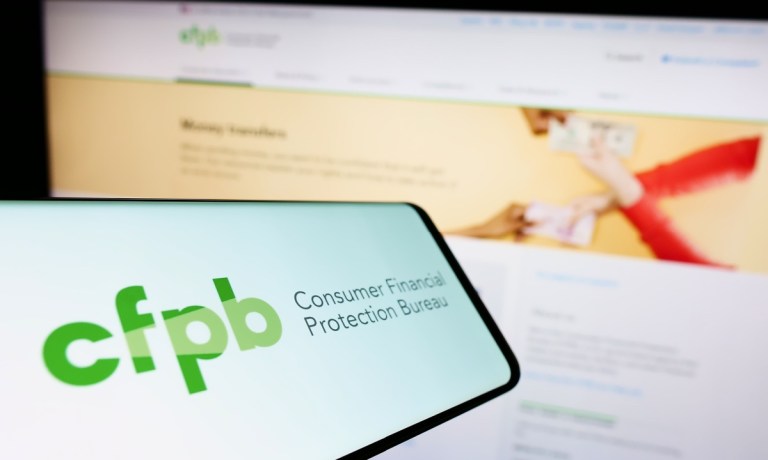
The Federal Deposit Insurance Corp.’s (FDIC) recent proposal on recordkeeping for bank deposits received from third-party, nonbank companies is a step in the right direction. But work needs to be done in informing end users of the risks inherent in the relationships forged between banks and nonbanks.
In comments delivered in the wake of the proposal earlier this month, Consumer Financial Protection Bureau (CFPB) Director Rohit Chopra said, “Over the past decade, we have seen a significant incursion into consumer deposit taking and payments activities by companies that aren’t banks or credit unions … This trend poses significant risks.”
Beyond the new mandates on recordkeeping — wherein FDIC-insured banks holding certain custodial accounts would ensure accurate records are kept determining the individual owner of the funds and to reconcile the account for each individual owner on a daily basis — consumers need more information.
Per Chopra’s concerns: “Disclosure requirements related to the intricacies of pass-through deposit insurance are woefully inadequate. Consumers should, at the very least, be told clearly and concisely that they could face delays or lose their money by banking with a nonbank.”
PYMNTS Intelligence reported in past coverage that 36% of U.S. consumers used these nonbank financial institutions (FIs), outpaced by millennials — where 44% of this demographic used non-bank FIs, while 43% of bridge millennials did so. And we found that 31% of consumers earning less than $50,000 annually used a non-bank FI in 2023 compared to 37% of those earning more than $100,000 annually.
Chopra warned that “we must continue to take enforcement actions against nonbanks that make misrepresentations about deposit insurance or misuse the FDIC name or logo.”
On this last point, we note, at the end of last year, the FDIC amended and updated those regulations, where regulations address instances “regarding misrepresentations of deposit insurance coverage … where a person, including a non-bank entity, provides information to consumers that may be misleading, confuse consumers as to whether they are doing business with a bank, and whether their funds are protected by deposit insurance.”
Among those regulations: FDIC terms of images may not be used in marketing or advertising materials to “inaccurately imply or represent that any uninsured financial product or nonbank entity is insured or guaranteed by the FDIC.” The rules took effect in April of this year and the full compliance date looms soon — Jan. 1, 2025.
In examples of enforcement actions focused on the logos and the signage and the representations of deposit insurance: In March, the FDIC issued a cease and desist letter to PrizePool Inc., stating that returns to customers on the company’s “Stacked” savings account — marketed at 4.5% to 6.5% — were stated as being “risk free” and that deposits were FDIC insured up to $500,000. Other cease and desist demands, issued by the FDIC to AmeriStar and HighLine, focus on claims that certain high-yield accounts were “insured by the FDIC” and used the latter’s name and logo.